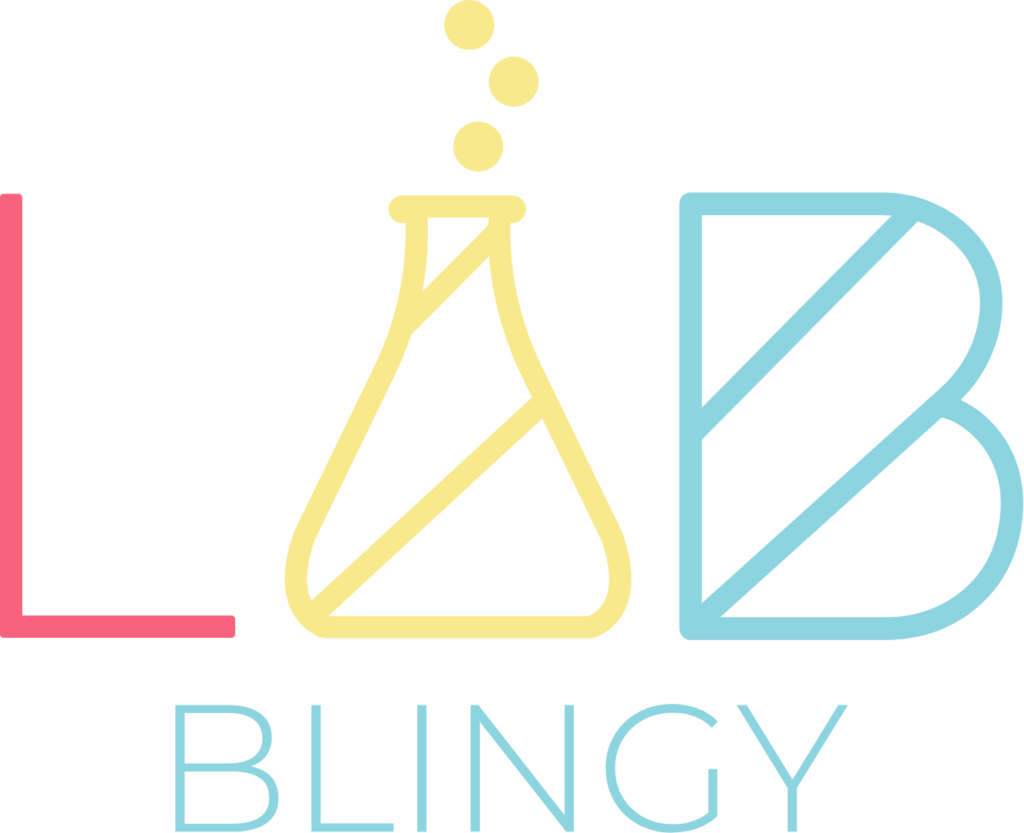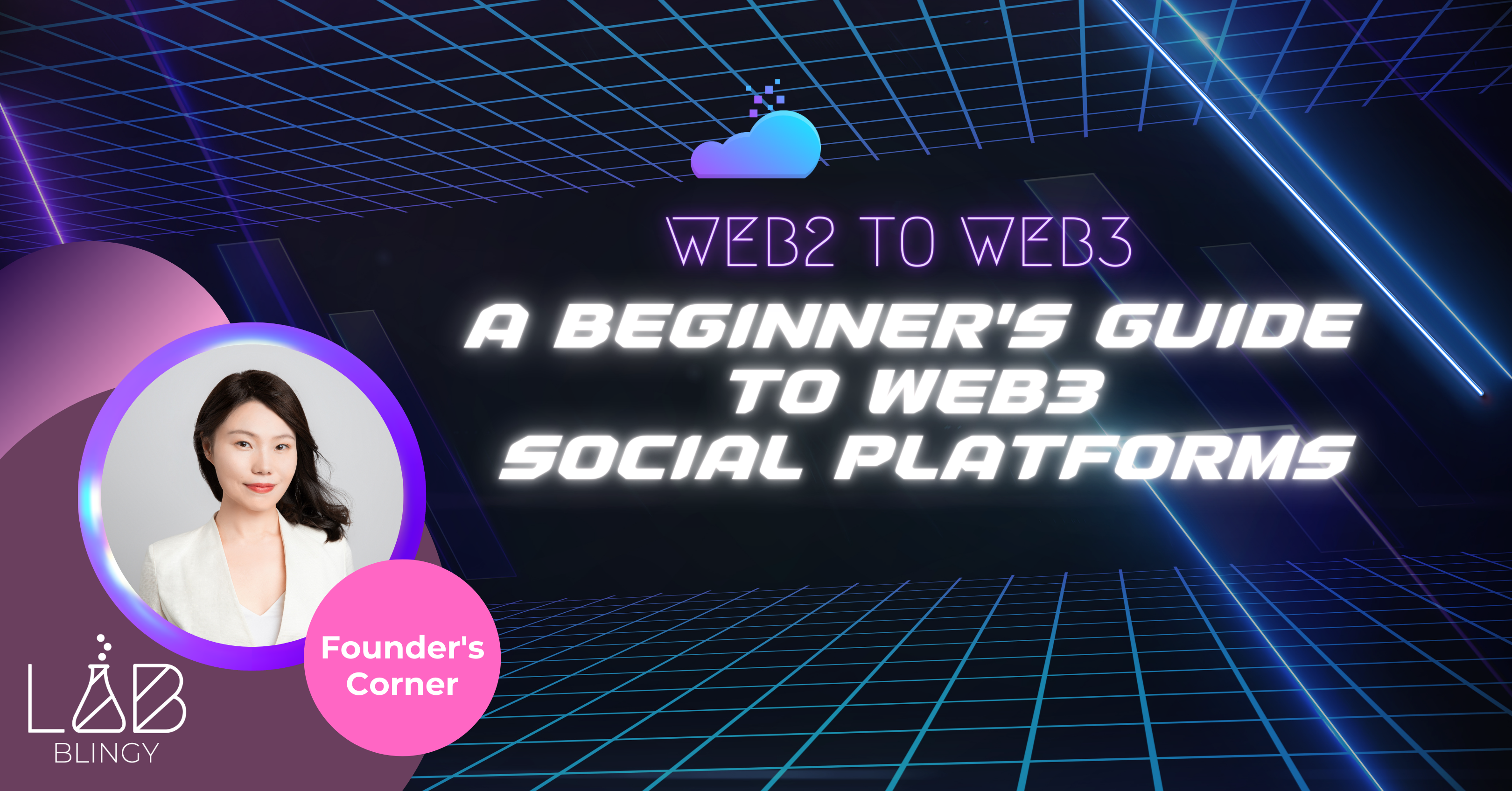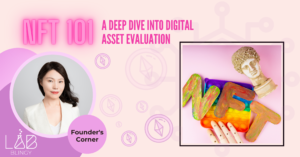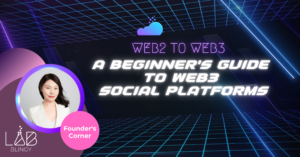The evolution of the internet is a captivating journey, offering a mirror to the rapid progress of human innovation. It started with Web1, the ‘read-only’ internet, where the content was static, and users were mere consumers. The late 1990s and early 2000s dot-com boom shifted gears to Web2, introducing dynamic websites and enabling user-generated content. We transitioned from passive consumption to active participation, creating the foundation for the social media giants we recognize today. Now, we stand on the cusp of another paradigm shift: Web3, where decentralization is at its heart, marking a move from the confines of centralized platforms to a more open, user-centric web.
This new era promises enhanced user interaction and a fundamental change in our relationship with online platforms. Decentralized platforms, where no single entity has control and every user has a voice, are setting the stage for the next internet revolution.
A Quick Recap of Web2
Web2, often termed the “read-write” web, made the internet interactive. No longer were users simply absorbing content; they were creating it. This interactivity birthed platforms encouraging user-generated content, leading to a social media explosion.
Characteristics of Web2 platforms include:
- User-generated content: Websites became platforms where users could create and share content, making the likes of YouTube, blogs, and wikis popular.
- Social Networking: Interaction between users became the backbone of Web2, paving the way for community-building.
- Rich user experiences: AJAX-based designs, streaming media, and other tools offer dynamic, responsive, and rich content.
Examples of popular Web2 social media platforms:
- Facebook: Initially a college networking site, it burgeoned into the most extensive social networking platform, connecting billions globally.
- X: Introduced the microblogging trend where users could ‘tweet’ quick updates and follow real-time news.
- Instagram: A visually-driven platform, it revolutionized photo sharing and later incorporated video, making visual storytelling mainstream.
- TikTok: Emerged as a powerhouse for short-form video content, TikTok disrupted the social media landscape with its catchy, user-generated clips paired with music. Its algorithm-driven content delivery became a trendsetter, captivating users worldwide and ushering in a new era of social engagement.
However, these platforms operated on a centralized model, where a single organization controlled the platform.
Benefits of this model:
- Streamlined user experience: A single entity’s control meant uniformity in design, features, and updates, providing users with a consistent experience.
- Easier moderation: Central authorities could easily monitor and remove malicious or inappropriate content.
Drawbacks:
- Data privacy concerns: These platforms had access to vast amounts of user data, leading to concerns over surveillance and misuse.
- Censorship: The power to control content also meant the power to censor, limiting freedom of speech.
- Monetization of user data: Centralized platforms profited immensely by leveraging user data for targeted advertising, often without clear consent.
The transition from Web2 to Web3 is not just a technological upgrade; it’s a philosophical shift, redefining our online interactions’ ethos. As we delve deeper, it’s crucial to understand these foundational differences to appreciate what lies ahead in the world of Web3.
Unraveling Web3
The digital world, much like the universe, is ever-expanding. As we transition from Web2 to Web3, we stand on the brink of a new era that promises to redefine our online experiences. Let’s delve into the intricacies of Web3 and what it brings to the table, especially for social platforms.
Introduction to the Concept of Decentralization: Web3 champions the principle of decentralization. Rather than power resting with a few entities, it’s spread across all participants. This ensures a balanced network where every member’s input matters, sidestepping the monopolistic control seen in Web2’s tech giants.
Key Differences between Web2 and Web3 in the Context of Social Platforms:
- Ownership and Control: In Web2 platforms, the service provider typically owns your data. In Web3 platforms, you own your data. This fundamental shift means users fully control their digital identity, content, and interactions.
- Monetization Models: Web2 relies heavily on ad-driven models where users are often the product. Web3, however, offers new monetization avenues where users can earn from their content, interactions, or even data-sharing preferences.
- Interoperability: Web3 platforms are more interoperable. This means users could seamlessly use services across multiple platforms, ensuring a fluid digital experience.
- Security and Censorship: Web3 platforms, leveraging blockchain technology, offer heightened security. Additionally, due to their decentralized nature, they’re inherently resistant to censorship by centralized entities.
The Promise of a User-Centric, Transparent, and Permissionless Environment: Web3 beckons a revolution in how platforms operate and the ethos they embody. It fosters a digital realm where users are at the center of the ecosystem. Transparency isn’t a mere buzzword but a built-in feature, ensuring users know how their data is used and monetized. Additionally, the permissionless nature of Web3 platforms ensures that innovation thrives. Anyone can build, propose, or modify without waiting for central authorities’ approval. This encourages a continuous evolution of platforms based on community needs and feedback.
As we continue our digital journey, understanding these nuances becomes pivotal. It’s not just about joining a new social platform; it’s about joining a movement seeking to redefine digital democracy.
Popular Web3-Based Social Platforms
Mastodon: An open-source, decentralized version of traditional social platforms. Unlike mainstream social media, Mastodon is spread out across different servers, meaning users can choose a community that best suits their interests or create their own.
- Features:
- Ad-free experience.
- Robust content warnings and filtering capabilities.
- Granular privacy settings.
- Benefits:
- Greater control over user data and privacy.
- Enhanced content discovery tailored to individual interests.
- Flexibility to join or create niche communities.
- Real-world use case: Independent artists and creators are flocking to Mastodon to share their work in communities that appreciate their niche, without the noise and algorithmic manipulation of mainstream platforms.
Peepeth: A decentralized microblogging platform operating on the Ethereum blockchain. It offers immutable posts, meaning once something is shared, it stays there forever.
- Features:
- Immutable posts.
- Integrated with Ethereum, allowing for potential monetization.
- Environmentally-conscious blockchain operations.
- Benefits:
- Ensures long-term content preservation.
- Provides opportunities for creators to earn via blockchain.
- Conscious effort to reduce carbon footprint.
- Real-world use case: Activists and journalists are turning to Peepeth to document events, knowing that their posts cannot be tampered with or removed, ensuring authenticity and accountability.
Sapien: A highly customizable, democratized social news platform built on the Ethereum blockchain. It rewards content creators with SPN tokens based on the quality of their content.
- Features:
- Reputation-based reward system.
- Holistic privacy control.
- Tokenized platform with SPN tokens.
- Benefits:
- Encourages quality content over quantity.
- Provides real value to active and contributing community members.
- Ensures user control over data with decentralized infrastructure.
- Real-world use case: Independent journalists and content creators are leveraging Sapien to share their stories, earn from their high-quality content, and reach audiences that value genuine, quality-driven narratives.
The surge of Web3-based social platforms signals a shifting paradigm in the digital realm. Users now desire more control, transparency, and genuine interactions. These platforms, with their unique offerings, are paving the way for a more inclusive, decentralized, and rewarding online social experience.
Making the Transition: Tips for Users
Setting Up Digital Wallets and Understanding Crypto for Web3 Interactions: As the backbone of most Web3 platforms, cryptocurrency and blockchain technology require users to have a digital wallet to engage. Here’s how you can set yourself up:
- Choose a reputable digital wallet: Wallets like MetaMask, Coinbase Wallet, and Trust Wallet are popular choices. Ensure they support the blockchain of your chosen Web3 platform.
- Backup and store your recovery phrase securely: You’ll be given a recovery phrase when setting up your wallet. This is crucial for restoring your wallet if you ever lose access. Store it offline in a secure location.
- Educate yourself on gas fees: Transactions on blockchains often come with fees, known as ‘gas.’ Before making transactions, understand the costs and potential wait times.
Privacy and Security Tips Specific to Decentralized Platforms:
Decentralized platforms offer a different landscape from centralized Web2 platforms. Navigate it safely with these tips:
- Always double-check URLs: Phishing attacks are common. Make sure you’re on the legitimate site of your Web3 platform or wallet.
- Avoid sharing your private key: Your private key is the key to your digital wallet. Never share it; be skeptical of platforms or persons asking for it.
- Utilize Web3 browsers: Browsers like Brave are built with Web3 in mind and offer added security layers for decentralized browsing.
Curating Content and Understanding Token-Based Rewards:
Web3 platforms often integrate token-based economies, incentivizing content creation and curation. Here’s how you can get the most out of it:
- Engage authentically: Token rewards are often based on content quality and genuine interactions. Avoid spamming and focus on contributing value.
- Stay updated with platform guidelines: Each platform has its own set of rules for token distribution. Familiarize yourself with these to maximize your rewards.
- Diversify your content strategy: Experiment with different content types – from blogs and videos to polls and quizzes. Monitor what gets the most engagement and adjust accordingly.
The shift from Web2 to Web3 might seem daunting, but with the right tools and understanding, it’s a transition filled with immense potential. By grasping the nuances of decentralized platforms and embracing the spirit of Web3, users can unlock a more inclusive, transparent, and rewarding digital experience.
Benefits of Switching to Web3 Social Platforms
Enhanced Data Ownership and Control: Web3 offers a refreshing break from traditional centralized data control. Users have a direct say in how their data is utilized, stored, and shared. This enhances privacy and empowers individuals to decide who profits from their data.
Potential for Earning Through Content Creation: Gone are the days when platforms profit while content creators earn peanuts. On many Web3 social platforms, tokenized rewards systems are embedded. This means as you create, share, and engage, you can earn crypto rewards, which can be traded or held as investments.
A More Censorship-Resistant and Inclusive Online Community: Centralized platforms often face criticism for arbitrary content takedowns and account bans. Web3 platforms, with their decentralized ethos, offer a more transparent moderation system, ensuring content isn’t unfairly censored. The result is a space where diverse voices can thrive without undue suppression.
Common Challenges and How to Overcome Them
Understanding the Intricacies of Blockchain-Based Platforms: Diving into the world of blockchains can be intimidating. Start with beginner-friendly resources, videos, and courses. Many platforms offer user guides and community forums where newcomers can ask questions and gain clarity.
Overcoming the Learning Curve: Familiarizing with Terms, Technology, and Tools: Patience is key. Just like any new technology, there’s a period of adjustment. Regularly engage with Web3 communities, attend webinars, or join Discord channels dedicated to Web3 education. The more you immerse yourself, the quicker the jargon and concepts will become second nature.
Addressing Concerns Related to Network Scalability and Fees: It’s true that some blockchains face scalability issues, leading to congestion and higher transaction fees. However, innovations like Layer-2 scaling solutions and alternative consensus mechanisms are continuously emerging. Stay updated with the latest in blockchain technology and choose platforms that prioritize user experience and low fees.
While Web3 brings forward a plethora of advantages and a renewed vision for the digital world, it’s essential to be aware of its challenges. With a balanced perspective and the willingness to learn, users can fully harness the potential of decentralized social platforms.
Future of Social Media: What Can We Expect?
- Predictions for the Growth and Evolution of Web3-Based Social Platforms: With the rise of decentralization, we can anticipate an exponential growth in adopting Web3 platforms. These platforms are likely to focus on ensuring user privacy, better content monetization opportunities, and truly decentralized governance structures. As more users become aware of data ownership rights and the advantages of decentralized systems, Web3 platforms might become as ubiquitous as today’s popular social media giants.
- Integrating Other Web3 Technologies: The boundaries between different Web3 technologies are increasingly blurring. Social platforms may soon integrate features like NFT (Non-Fungible Token) marketplaces, where creators can mint, display, and sell their digital artwork. Similarly, the fusion of Decentralized Finance (DeFi) can allow users to manage financial investments and even stake their assets without leaving the platform. Additionally, the lines between virtual and real could blend with the emergence of virtual worlds, allowing users to socialize in immersive 3D environments.
- Potential Mergers Between Web2 and Web3 Features: While Web3 platforms thrive on their decentralized promise, some beneficial aspects of Web2 might be integrated. This could include user-friendly interfaces, AI-driven content recommendations, or even partnerships with existing Web2 entities for broader reach and functionality. On the flip side, Web2 platforms might adopt Web3 features like token-based economies or decentralized decision-making to retain and attract users.
Conclusion
As we stand at the cusp of a new internet era, the decentralization wave powered by Web3 holds immense transformative potential. Social media, a pivotal part of modern human interaction, is undeniably poised for a significant metamorphosis. While challenges remain, the promise of a user-centric, transparent, and economically inclusive platform is too alluring to ignore. For anyone curious about the next digital frontier, now is the time to dive into Web3 social platforms, participate in its growth, and witness the evolution of how we connect, share, and socialize online.
Continue reading my blog every Wednesday and discover the latest #insights in blockchain and web3 with me!








